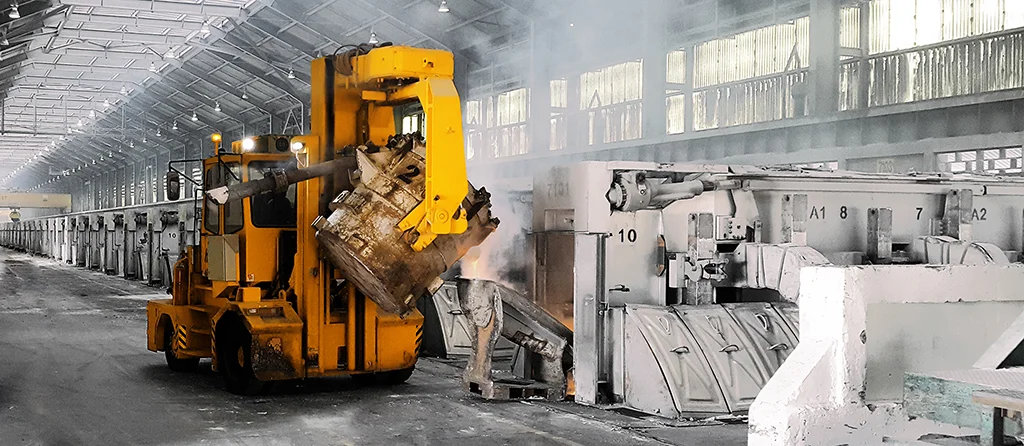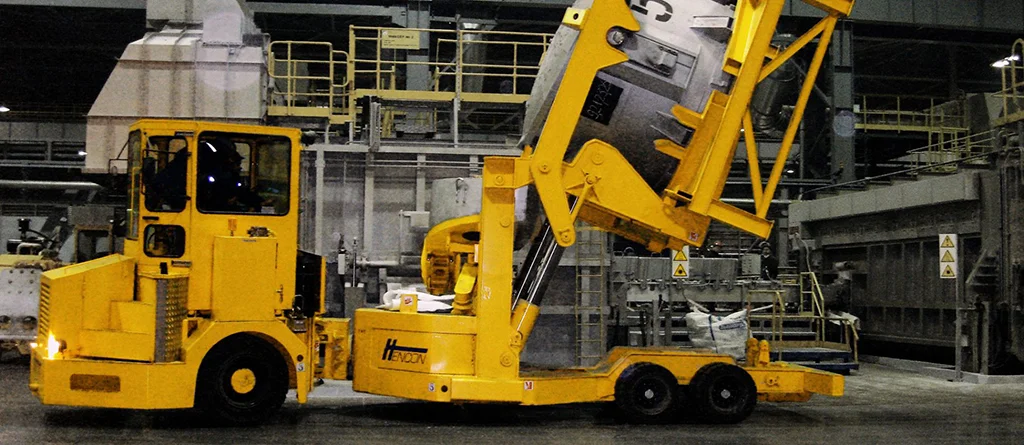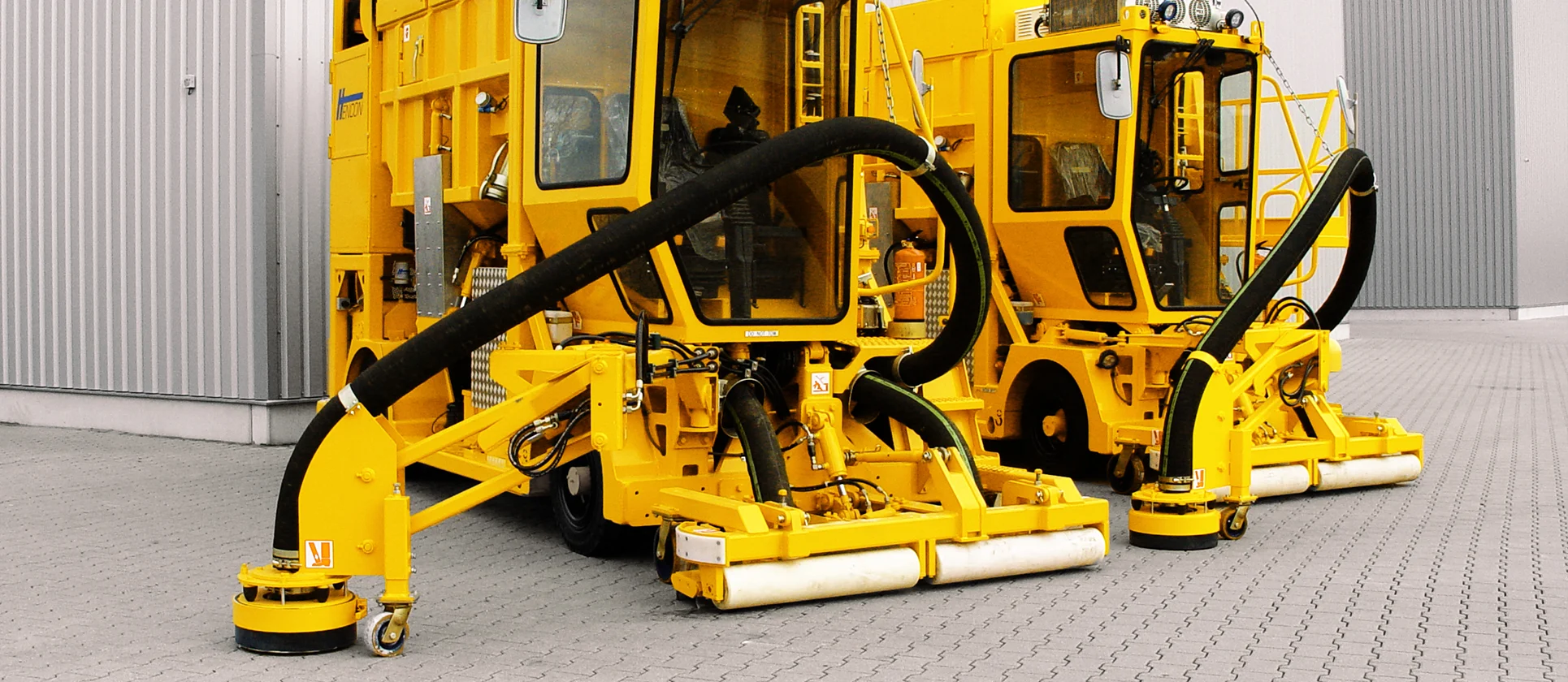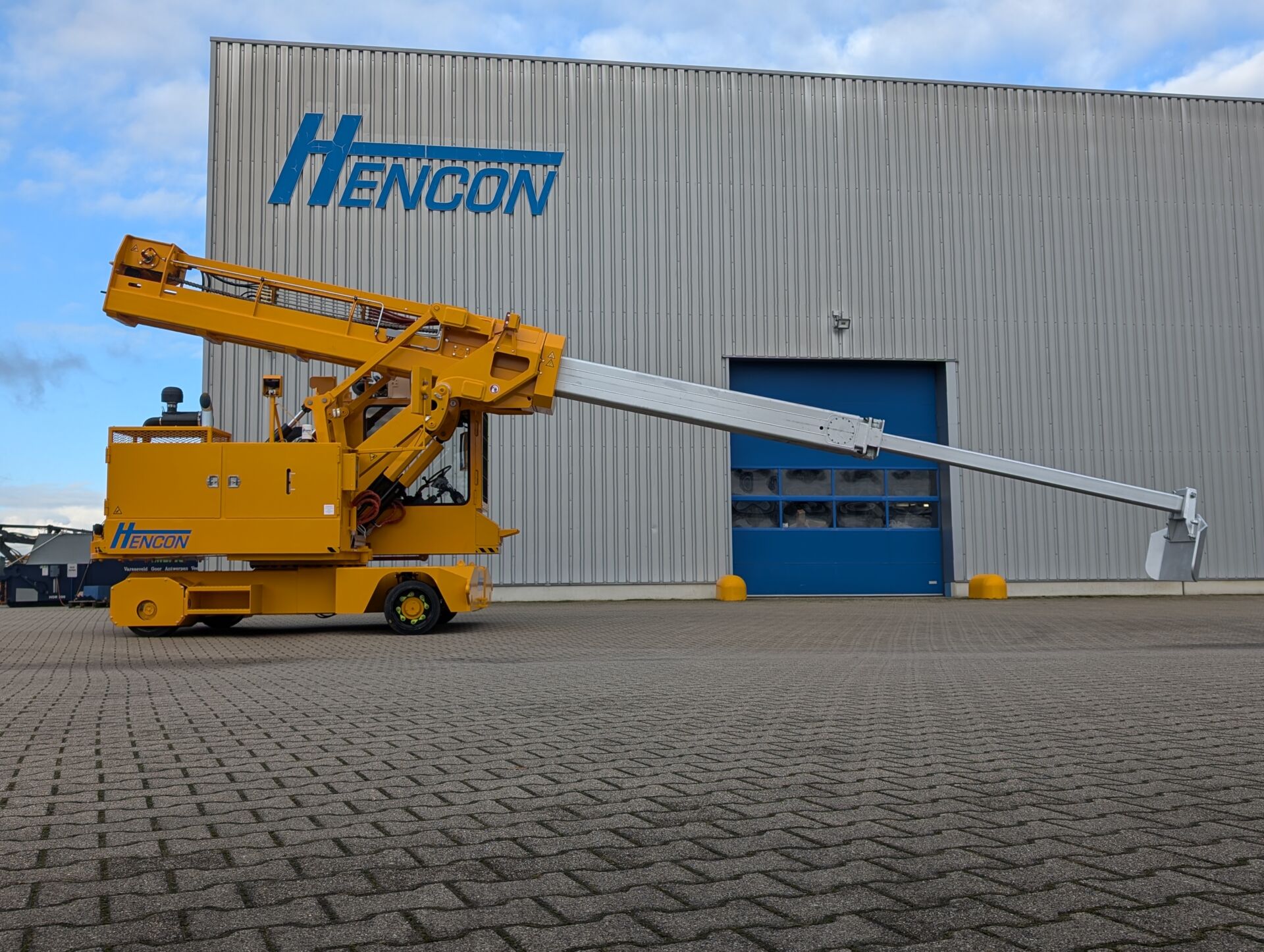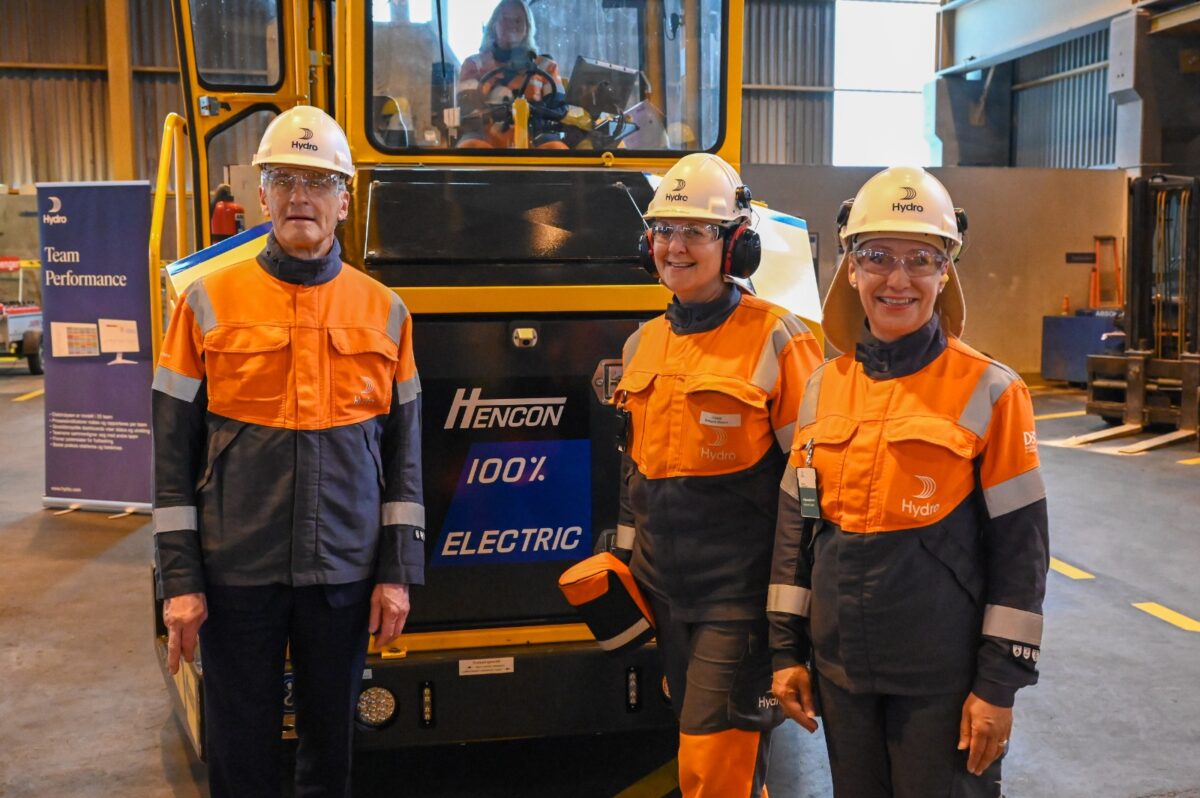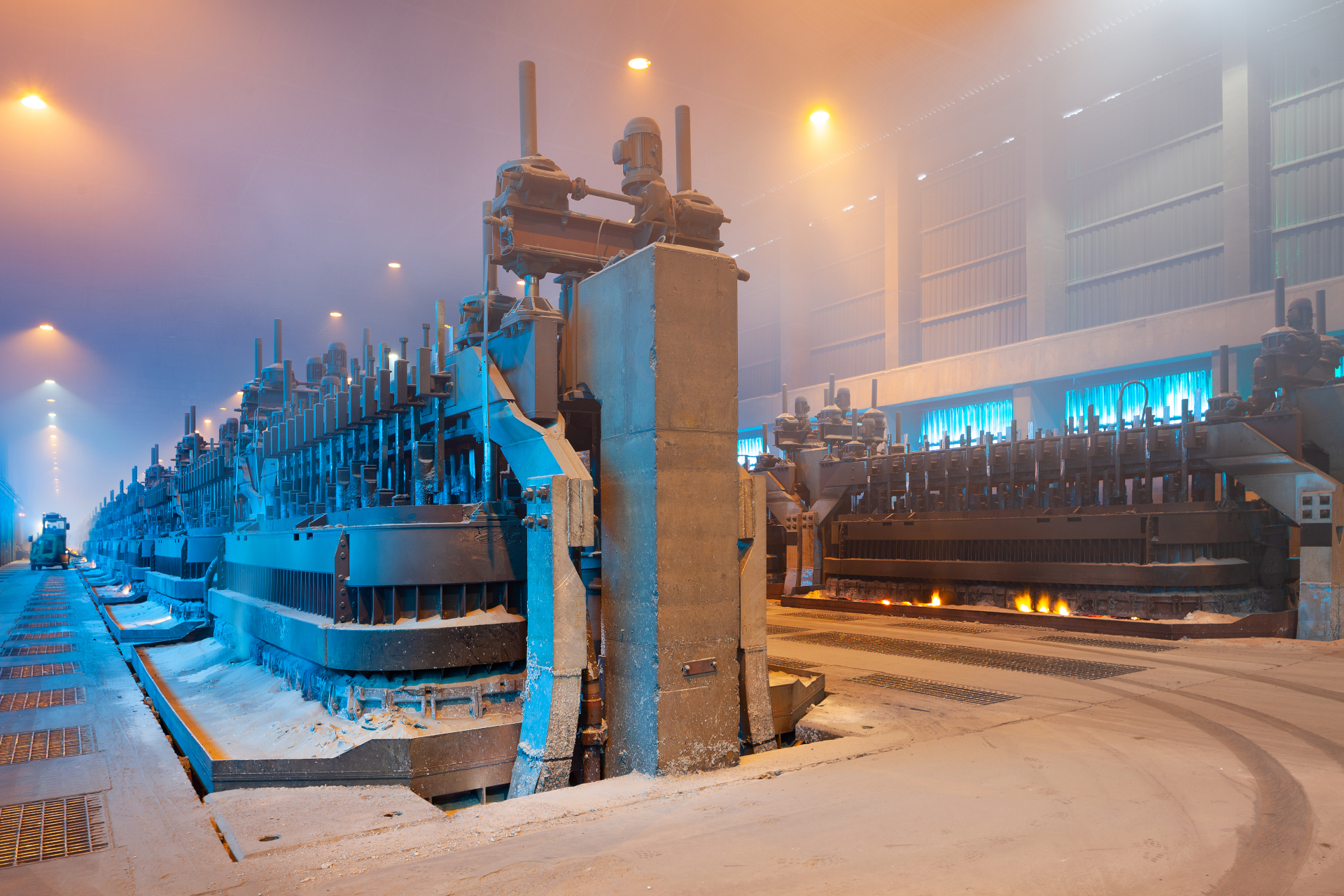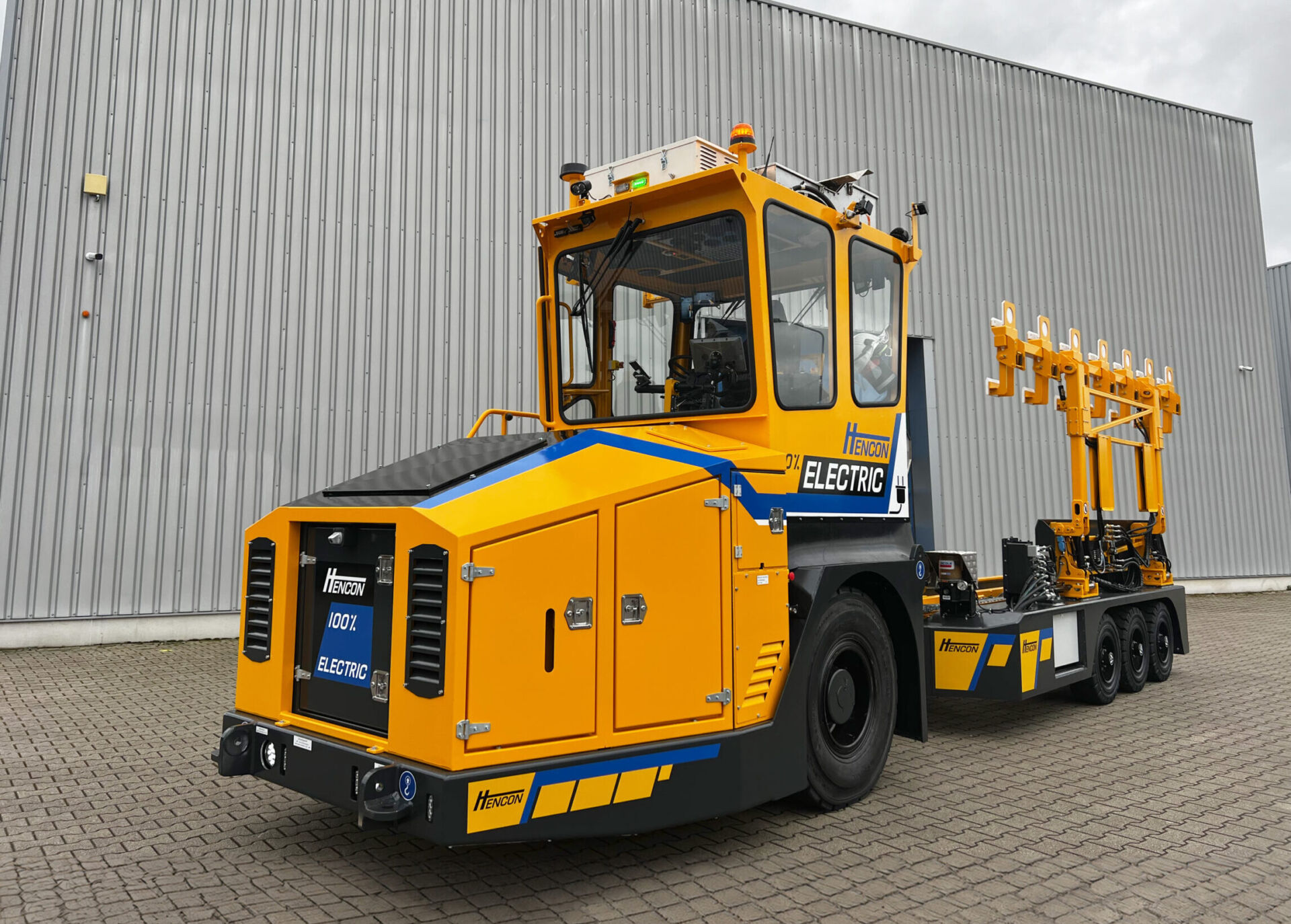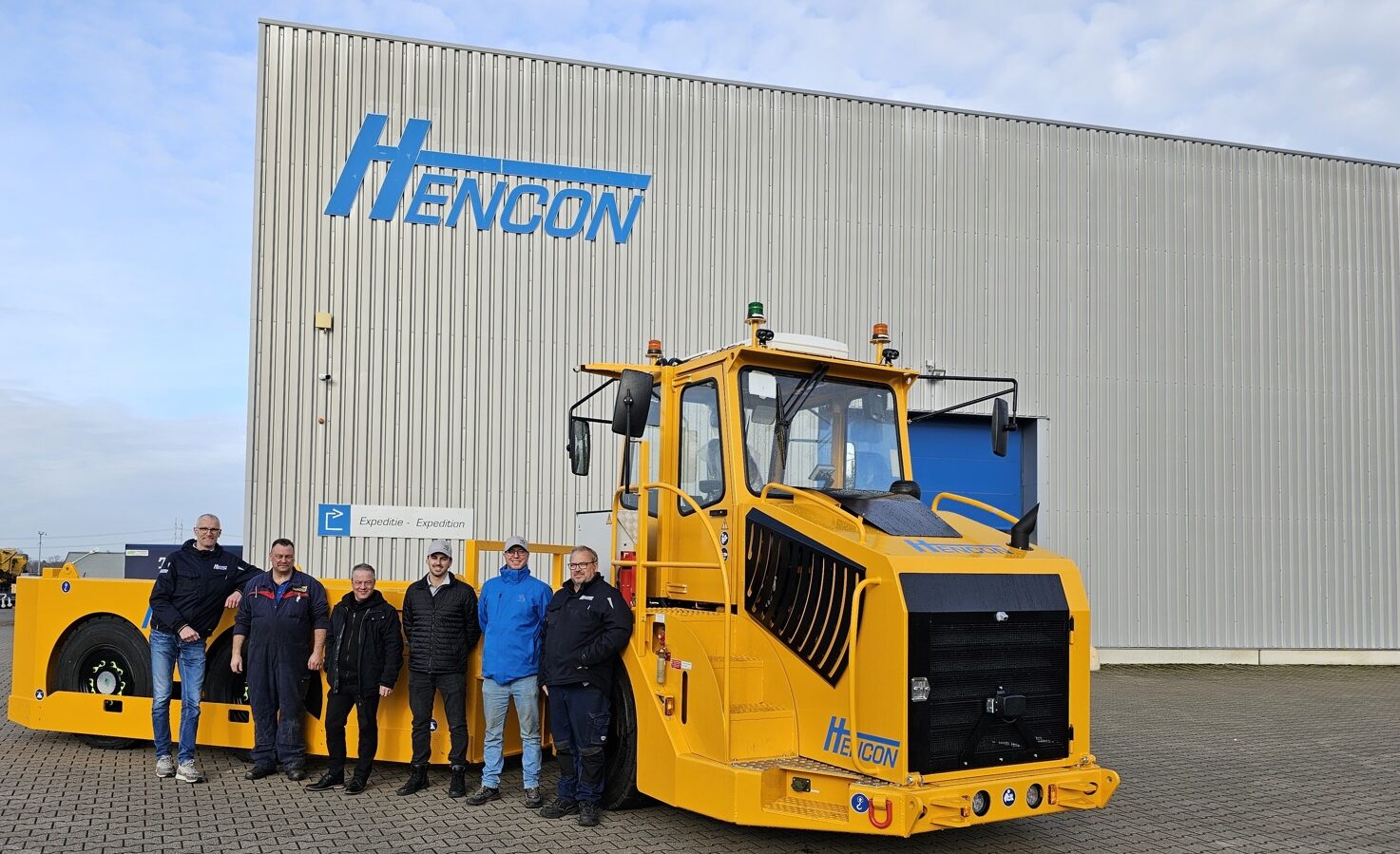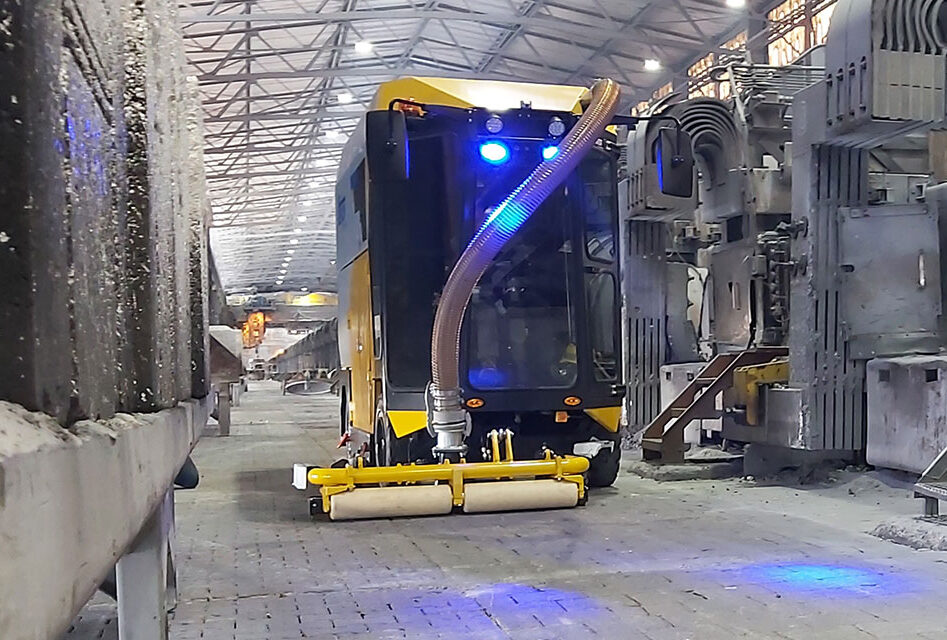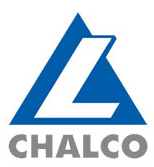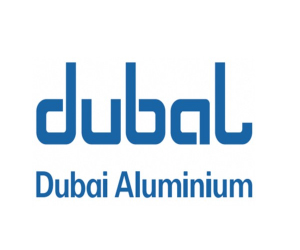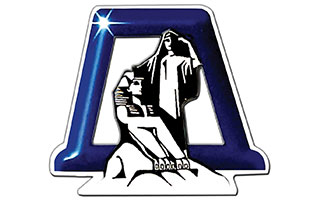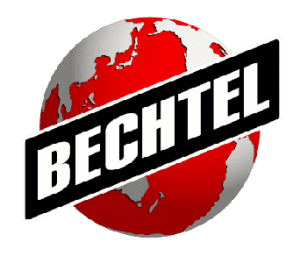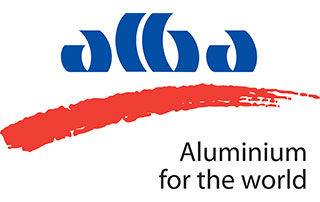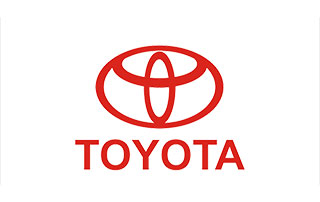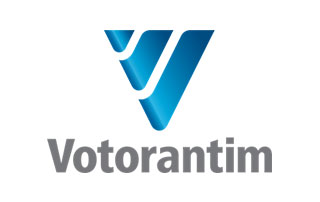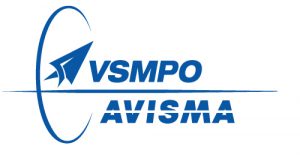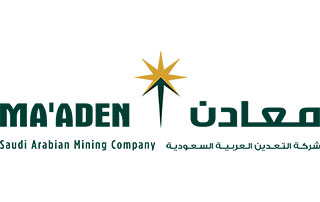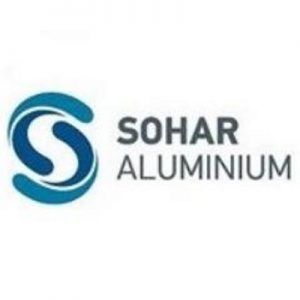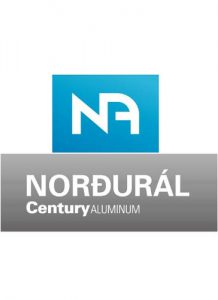Keep your process going strong
The aluminium industry is developing rapidly. Hencon is keeping pace by offering innovative solutions and smart equipment built to last. We offer a wide range of integrated mobile solutions for casthouses, rolling mills, extrusion plants and other production processes to keep your processes going. Our future-proof technology can be found in potrooms, casthouses, foundries and mining facilities across the world – environments where liquid light metal production demands the highest levels of productivity. Looking for the smartest power to keep you going strong? Ask Hencon!
News

Be proud. Join Hencon
Discover Hencon, the worldwide supplier of special mobile equipment for the mining industry, aluminum industry and forestry industry. Our heavy duty high-tech machines are part of our total custom-made solutions, serving progress, the key to progress and reliability. Engineering and manufacturing take place in Ulft. Nearby you get the best opportunities for an exciting job in high standard technology. A job to be proud of!
